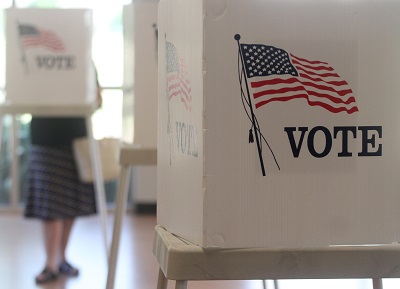New First-Of-Its-Kind Tool Will Track San Francisco Bay Area’s Pandemic Recovery Against Other Major Metropolitan Areas
The Bay Area Council Economic Institute and CBRE benchmark economic activity across 15 indicators
The Bay Area Council Economic Institute, in partnership with commercial real estate services company CBRE and its Tech Insights Center, today (Feb. 28) released The Regional Economic Recovery Index, a new first-of-its-kind regional tool for tracking the Bay Area’s pandemic recovery against that of other major metropolitan areas across the country. This is the first of three reports that will track and compare the Bay Area’s progress across five key categories: jobs, people, investment, economic activity and affordability.
The region’s downtown cores were the hardest hit by extended economic shutdowns to combat the COVID-19 pandemic, remote work policies employed by Bay Area businesses, and a sharp reduction in travel. Among all five categories, the Regional Economic Recovery Index ranked San Francisco 24th overall among 25 peer regions in its recovery. San Jose landed in the middle of the pack at 16th overall, with Los Angeles just two slots ahead of San Francisco. Austin and Dallas ranked among the top overall followed by Denver, Tampa, and Miami.
San Francisco data is inclusive of Oakland and Berkeley; San Jose data also includes Sunnyvale and Santa Clara.
“The Bay Area is competing for its economic future and in any competition it’s critical to know where we stand and where we need to invest time, energy and resources to succeed,” said Jeff Bellisario, Executive Director of the Bay Area Council Economic Institute. “We’re grateful for our partnership with CBRE’s Tech Insights Center and the tremendous wealth of data and knowledge they bring to helping us understand where the Bay Area stands as it works to transition to this new reality and chart a course for future economic success. What’s important to remember is that economic downturns are not new to the Bay Area, and each time our region has adapted and emerged stronger and more resilient – it’s in our DNA.”
Explore the Regional Economic Recovery Index>>
As the region recovers, it is clear that the pandemic has permanently changed how and where people work, how businesses think about their location decisions, and where households choose to live. These effects appear to be most visible in expensive coastal regions, including the San Francisco Bay Area.
“The San Francisco Bay Area is resilient and the key ingredients for future economic growth remain intact. Macroeconomic uncertainty in the short-term and new challenges related to remote and hybrid office-based work could slow the usual robust, tech-driven economic rebound the Bay Area expects. This is especially true for urban downtown areas that could benefit from economic incentives and other public sector support,” said Colin Yasukochi, Executive Director of CBRE’s Tech Insights Center.
One bright spot for the Bay Area was in the category of investment. San Jose led the ranking and San Francisco came in eighth. This is reflective of the Bay Area’s long-standing dominance in attracting the lion’s share of venture capital and other investments by the region’s highly concentrated technology and innovation sector.
But in the category of affordability, which includes housing costs, the Bay Area ranked lower than other metropolitan regions. The region’s affordability challenges have been cited by residents and businesses as a major reason for exiting the Bay Area in recent years. This declining population is also reflected in San Francisco and San Jose’s low scores in the People category.
The Regional Economic Recovery Index highlights the importance of efforts underway in San Francisco, San Jose and other cities across the region to remake their core business districts and address challenges that could be overlooked prior to the pandemic when the economy was booming. The second part of the report is expected to publish in the second half of 2023.





